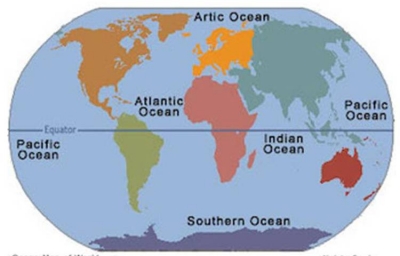
|
The word glacier comes from the French word glace, meaning ice. A glacier is a huge, slow-moving mass of ice. Glaciers are generally seen in mountainous regions where temperatures always remain close to freezing and a massive amount of ice accumulates. Forced by the weight of the ice and the pull of gravity, these sheets of ice start moving, almost like a river, although most glaciers move no more than one centimetre a day. |
Glaciers are massive bodies of slowly moving ice. Glaciers form on land, and they are made up of fallen snow that gets compressed into ice over many centuries. They move slowly downward from the pull of gravity.
Most of the world’s glaciers exist in the polar regions, in areas like Greenland, the Canadian Arctic, and Antarctica. Glaciers also can be found closer to the Equator in some mountain regions. The Andes Mountain range in South America contains some of the world’s largest tropical glaciers. About 2 percent of all the water on Earth is frozen in glaciers.
Glaciers can range in age from a couple hundred to thousands of years old. Most glaciers today are remnants of the massive ice sheets that covered Earth during the Ice Age. The Ice Age ended more than 10,000 years ago. During Earth’s history, there have been colder periods—when glaciers formed—and warmer periods—when glaciers melted.
Scientists who study glaciers are called glaciologists. Glaciologists began studying glaciers during the 19th century in order to look for clues about past ice ages. Today, glaciologists study glaciers for clues about global warming. Old photographs and paintings show that glaciers have melted away from mountain regions over time. Indeed, glaciers worldwide have been shrinking—and even disappearing—at an accelerated rate for the past several decades.
Credit: National Geographic Society
Picture Credit : Google





